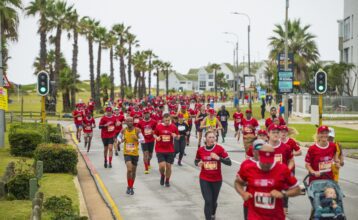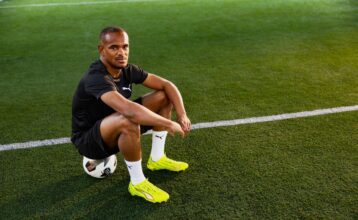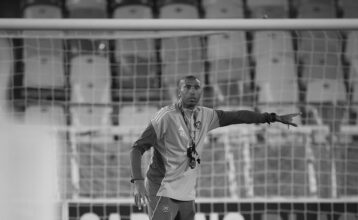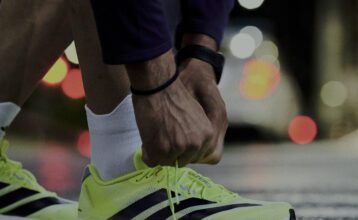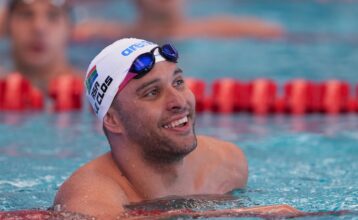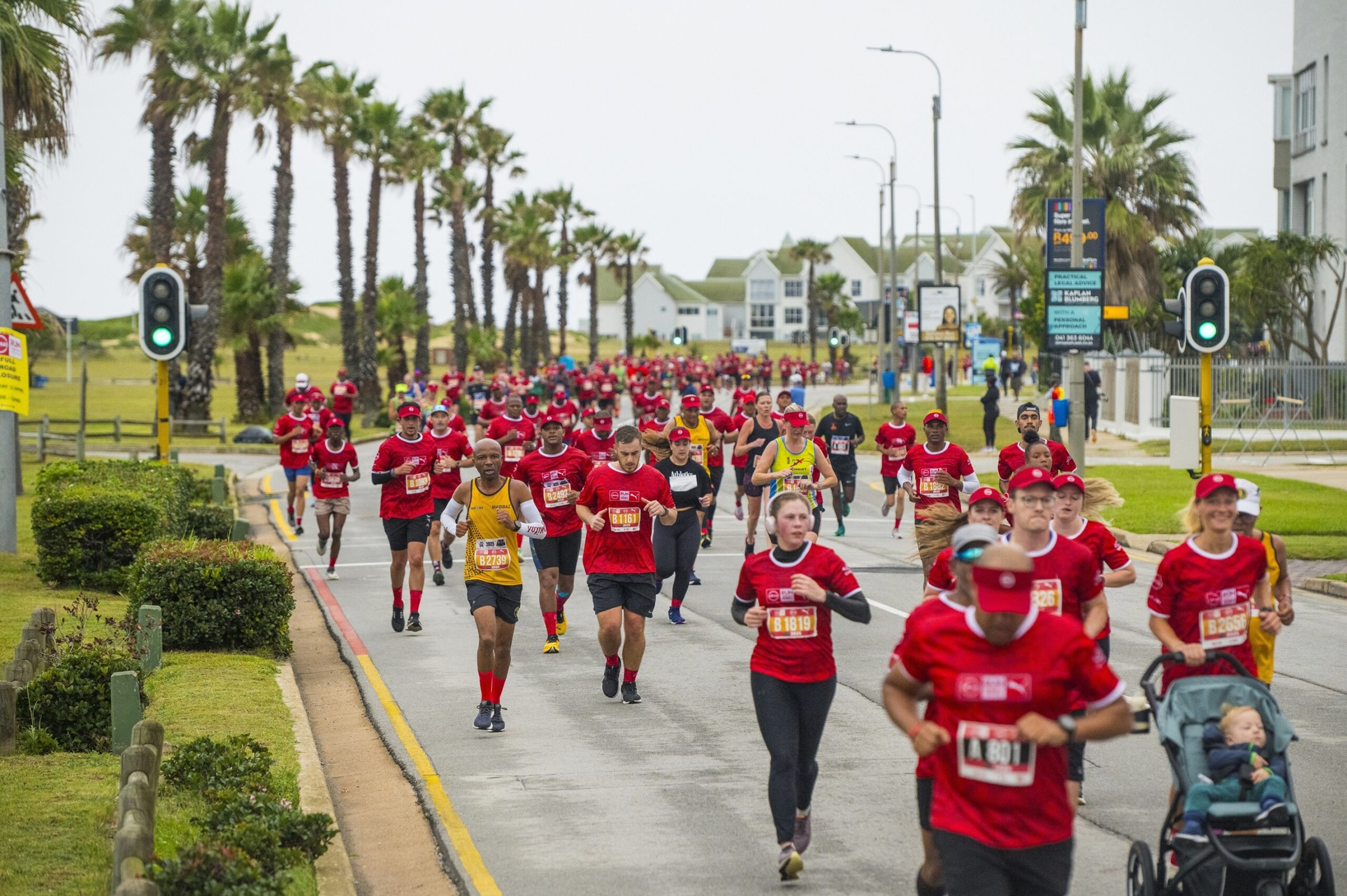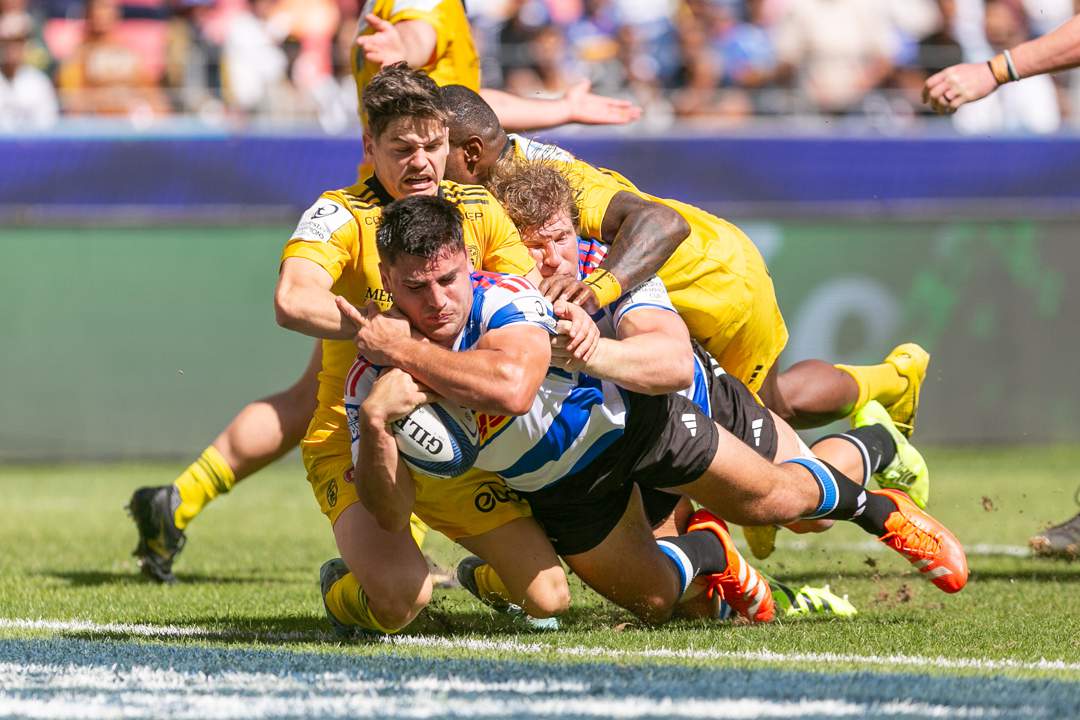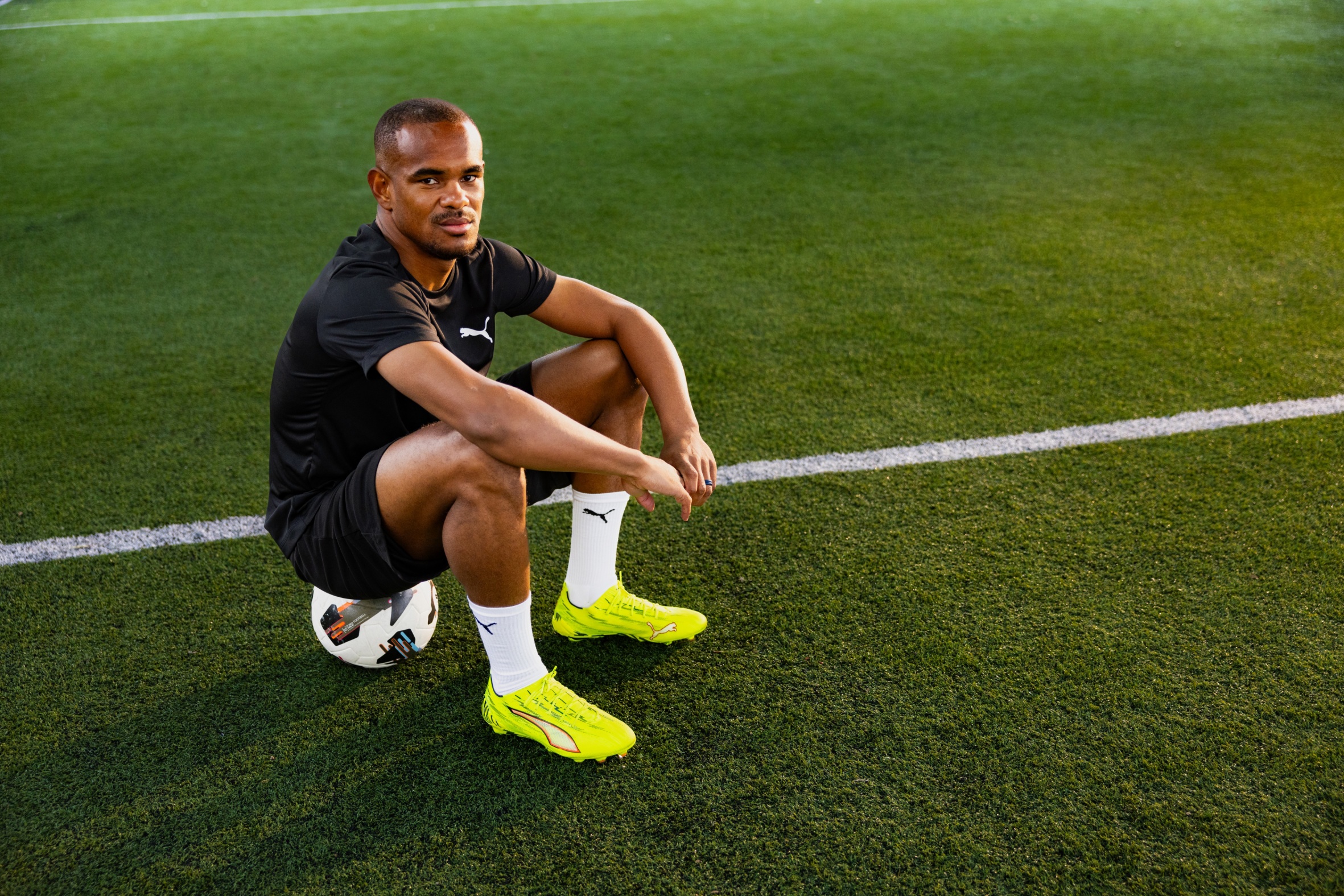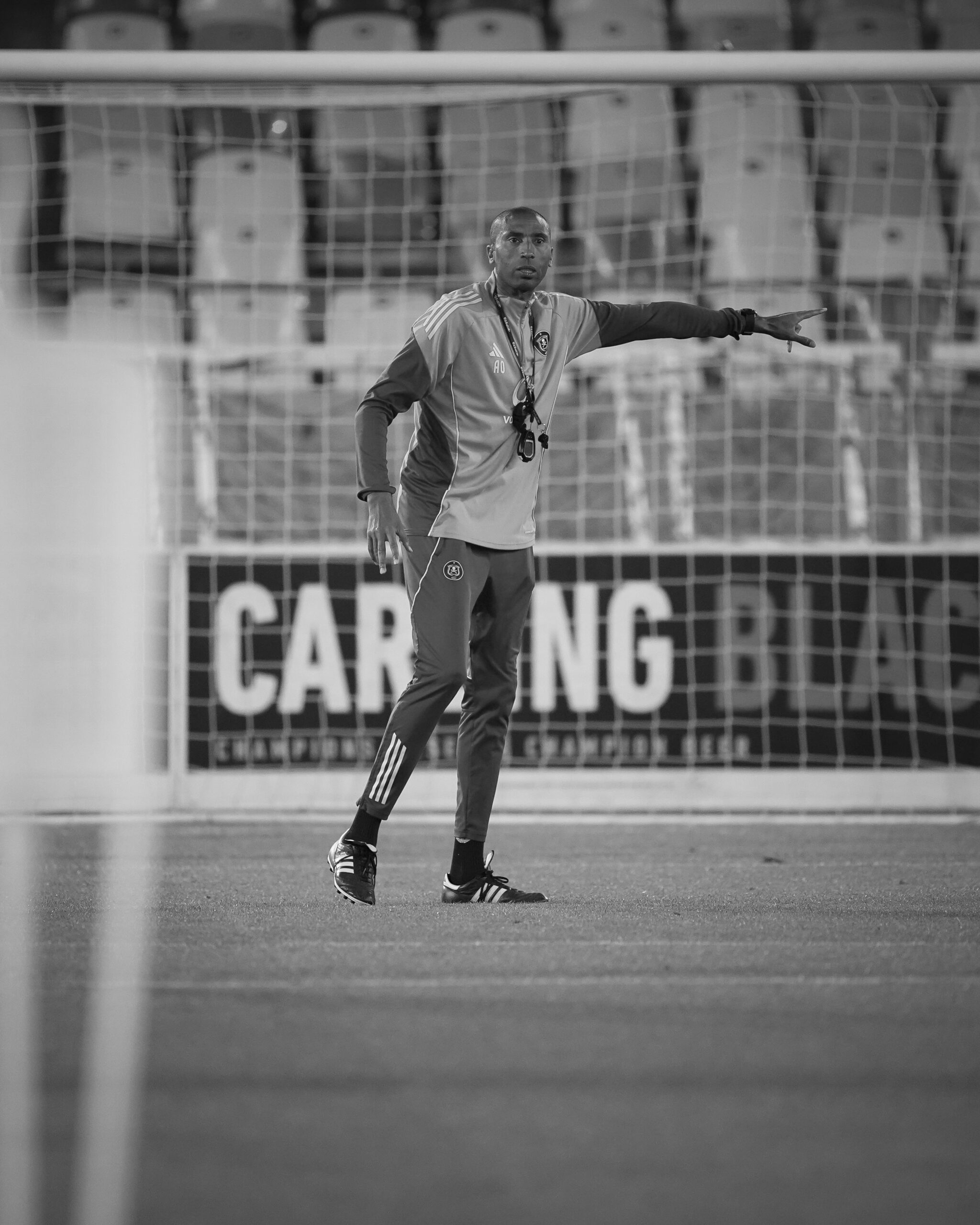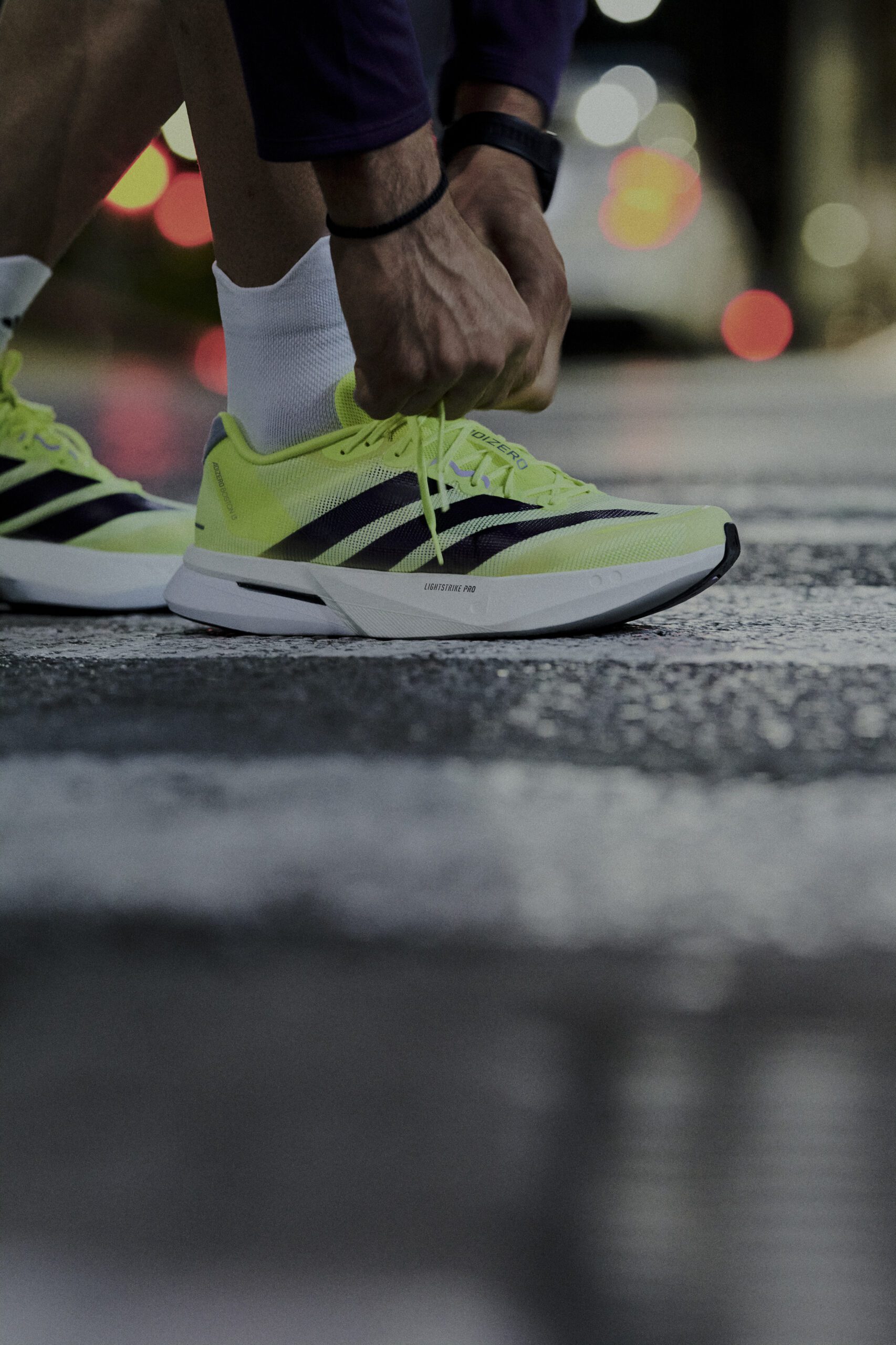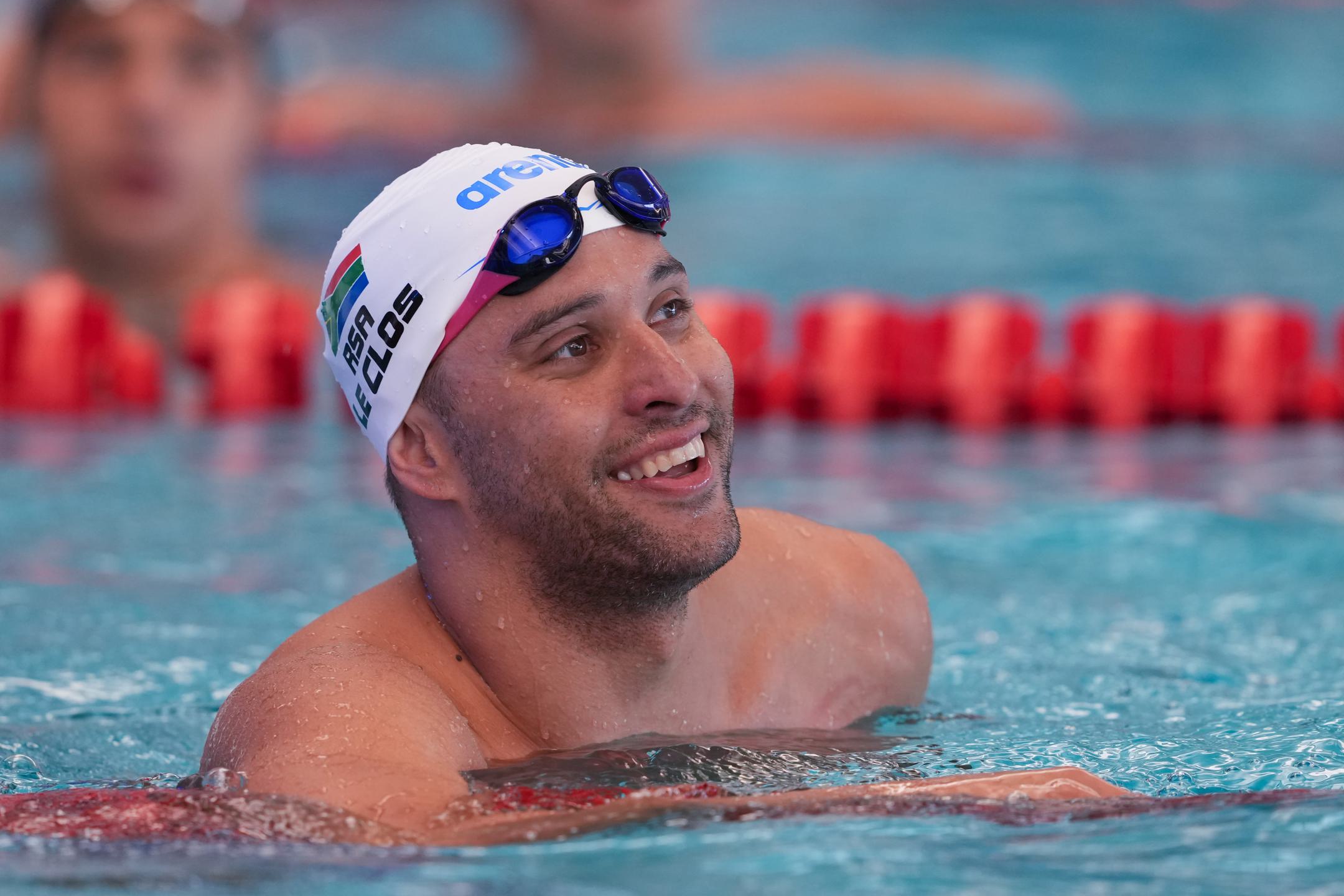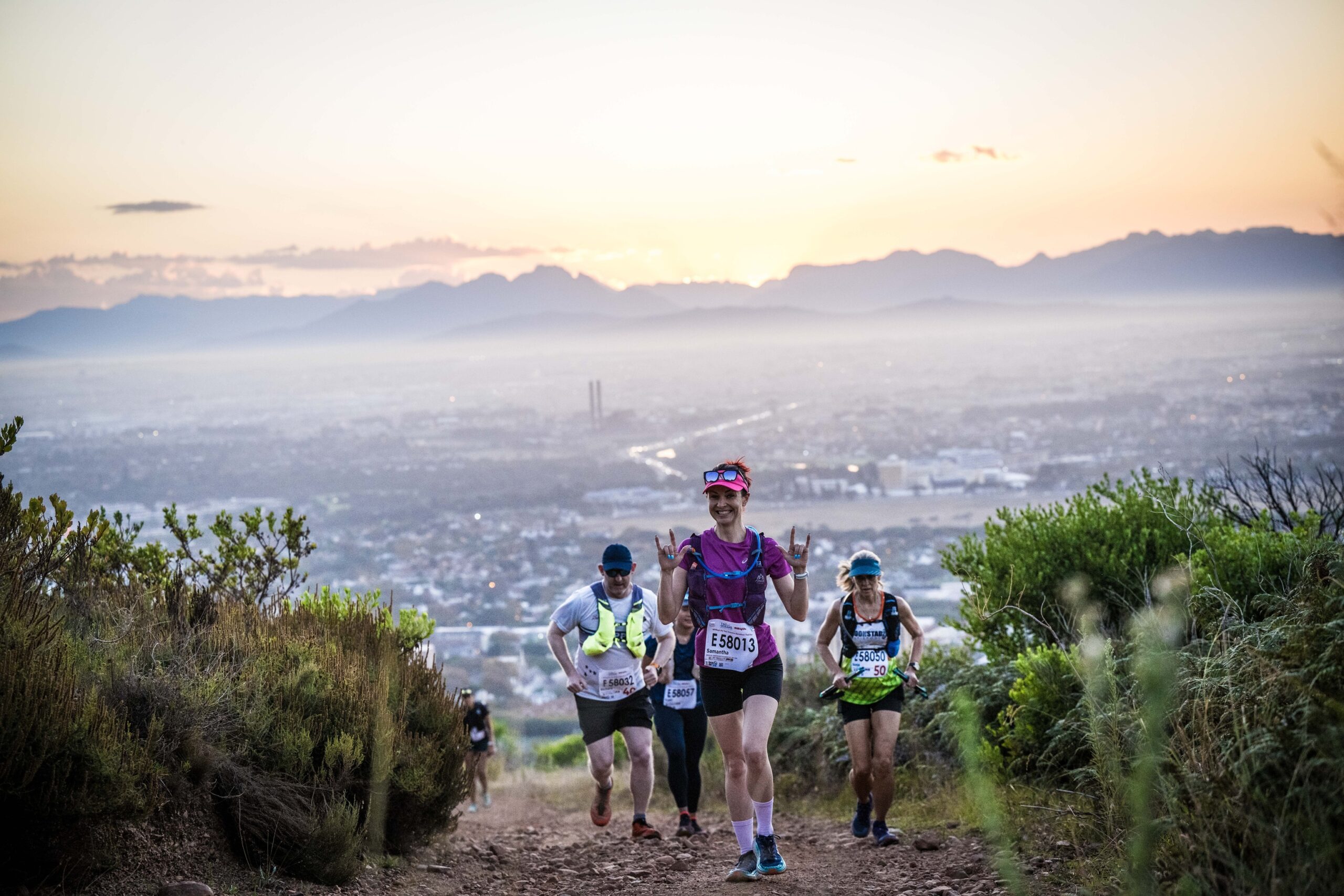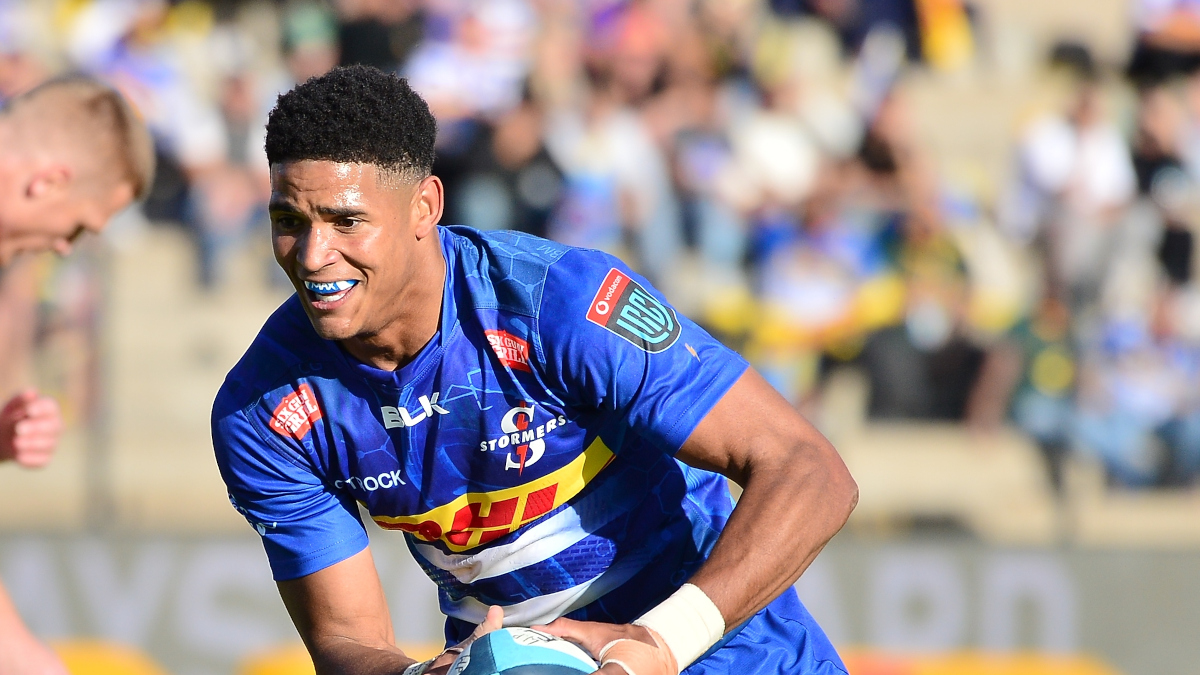As the July sun warms the winter air of the southern hemisphere and rugby boots thud onto foreign soil, two coaches stand at the threshold of tomorrow. South Africa’s Rassie Erasmus and Italy’s Gonzalo Quesada, rugby minds cut from very different cloths, now find themselves sewing from the same pattern — building squads with eyes not only on the immediate grind of test rugby, but on the golden horizon of Rugby World Cup 2027 in Australia.
These are not just test matches. These are laboratories of blood and bruises, where ideas are forged in scrums and futures tested under the unforgiving glare of the international arena.
Experience and inexperience will collide like shoulder against rib in a blindside tackle. What unfolds over the next fortnight — when the double World Champions face Italy at Loftus Versfeld in Pretoria on Saturday, and at the Nelson Mandela Bay Stadium in Gqeberha the following week — will be less about trophies and more about trajectory.
“It’s a series of opportunities,” Erasmus says, as if handing a young flyhalf the keys to a kingdom made of hard knocks and hard-earned wisdom.

Rassie Erasmus Photo: X
Quesada echoes the sentiment with pragmatism.
“The management of the athletes on one side – and the desire to give opportunities to some young players – are the two fundamental aspects that we have taken into account in choosing the squad for the tour,” the Italian coach explained.
This Italian team arrived like a group of raw recruits standing wide-eyed before an army of hardened warriors. Gone, for now, are many of the big names who etched their sinews into this year’s Six Nations campaign. Quesada has instead picked players whose boots haven’t yet gathered the mud of a test match battle — among them, three rookies fresh from their first caps against Namibia: Tommaso Di Bartolomeo, Muhamed Hasa, and Mirko Belloni.
Belloni, the fullback with feet like quicksilver and a name still ink-wet on the team sheet, stands out. A diamond from the lesser-known mines of Italian rugby, he was the heartbeat of Rovigo’s charge to the Serie A Elite crown and walked off as Player of the Tournament — a boy prince crowned among seasoned warriors.
“He’s one of the few who hasn’t yet tasted the pace of URC rugby,” Quesada noted. “But his performances demanded this chance.”
This youthful Azzurri side may still have baby teeth when it comes to top-tier rugby, but they walk into these matches carrying the ghost of Florence, 2016. It was there, in the shadowed colonnades of the Artemio Franchi Stadium, that Italy stunned the Springboks with a 20-18 ambush — their one and only win against the two-time world champions in 15 brutal encounters.
A slice of history was carved into Italian granite that day.
With tries from Giovanbattista Venditti and SA-born Dries van Schalkwyk, and a cool-headed penalty from Carlo Canna, Italy did what had previously seemed impossible. Several current Springbok stalwarts — Damian de Allende, Lood de Jager, Vincent Koch, Pieter-Steph du Toit, and Willie le Roux — still carry the scar of that loss under their green-and-gold armour. Even Johann van Graan, now coaching at Bath, stood on the Bok sidelines back then, helpless as history unfolded.
It was a Springbok side in the midst of a storm — still reeling from their heaviest ever home loss to the All Blacks, a draw with the Barbarians, and a decade-breaking defeat to England. Italy, sensing blood in the water, pounced like wolves in azure.
And while Quesada’s men may be cubs now, Erasmus knows all too well what happens when you turn your back on a hungry pack.
Yet it would take a collapse of seismic proportions for this current Springbok outfit — muscled by URC campaigns and tempered by World Cup fire — to stumble in the same way. This team is no fragile vessel tossed in high seas. It is a battle cruiser, steady and seasoned, yet cautiously bringing fresh sailors aboard.
“The staff on the next tour will have the opportunity to work with a group made up of a mix of young and experienced athletes,” said Quesada.
“Next season will be very important, the last before the World Cup. We aim to have a general idea of who we can involve towards 2027 and try to increase the depth of the squad.”
To that end, nine players from the recent Six Nations clash against Ireland have been left behind: Simone Ferrari, Gianmarco Lucchesi, Dino Lamb, Federico Ruzza, Martin Page-Rolo, Paolo Garbisi, Juan Ignacio Brex, Tommaso Allan, and star winger Ange Capuozzo. Former captain Michele Lamaro is also absent — their names penned in a coach’s ledger under the column: “rest and regenerate.”
There is wisdom in that decision. Every team must, at some point, shed its skin. But whether this molt leaves Italy exposed or more dangerous remains to be seen.
So when the whistle blows this weekend and again the next, don’t just watch for tries and turnovers. Look for seeds being sown. Look for the nervous glances of greenhorns about to find out whether they belong in this coliseum of clatter and collision.
And remember: these matches may not define World Cup glory, but they may quietly carve out the faces who’ll lift or fall in Australia, two years down the line.



